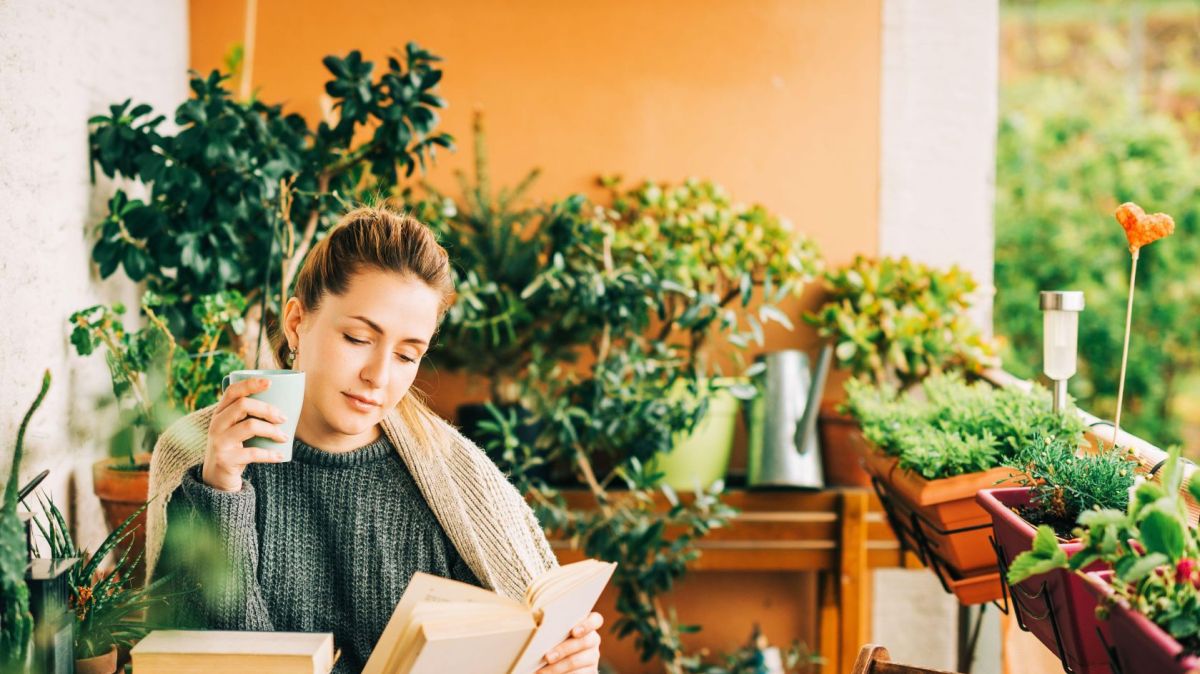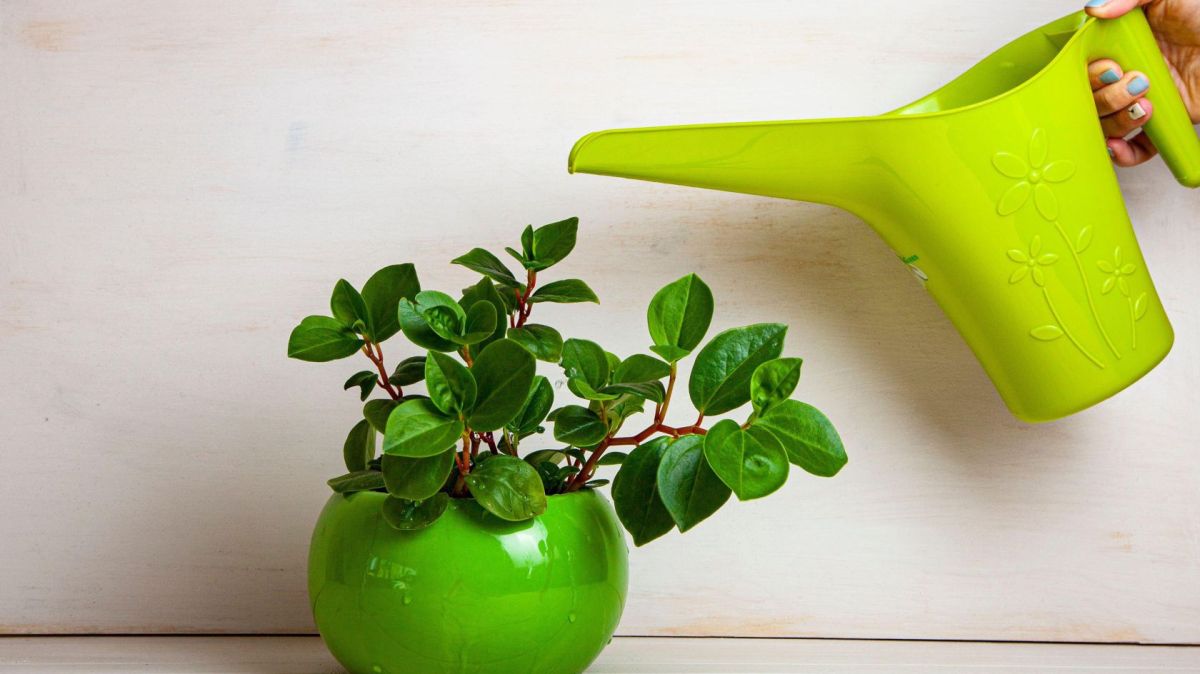With this in mind, the BBC Gardeners’ World ‘Make A Metre Matter’ campaign is encouraging gardeners to transform one square metre of outside space for the good of the planet.
Gardener Nick Bailey, designer of this year’s BBC Gardeners’ World Live headline show garden, The Plant-Based Garden, which is plastic and concrete-free and features eco-friendly highlights, hopes it will give people ‘Make A Metre Matter’ ideas for home.
Work out your space
“Get your head around what a square metre is. For a lot of people that’s two-and-a-half feet by two-and-a-half feet or two typical flatscreen TVs lying next to each other.
“That square metre can be productive in all sorts of different ways, supporting the wider environment.”
Check your site and soil
Big nurseries have websites offering plenty of advice on what plants will be suitable for your situation, whether your square metre is in sun or shade and the type of soil you have, he advises.
Build raised beds above concrete landscapes
City dwellers who don’t have natural planting space might consider creating a raised bed with railway sleepers or pallets or other upcycled timber, he suggests.
“You can create a whole soil strata above the concrete.”

Use a collection of pots
“You could have a clustered series of pots and that’s a lovely way to do display plants. You could have a few evergreens among that, with long-flowering annuals and perennials in between.”
Go vertical
“That metre isn’t just on the ground. You can grow vertically. If you are working in a very small space you might consider growing runner beans, or you could put a pole in the middle of that square metre and load ring clamps around it which you could just slot pots into and literally have this totem pole of planting, which you could fill with ornamentals, trailing plants or a mix of both.”
Consider a water feature
“You could turn that square metre into some kind of water feature, which could be as simple as a series of old wine barrels, or a small bespoke pond sunk into paving but probably the simplest way to do it is with a load of cut down sleepers.”
Line the sleepers with either a bespoke liner or a simple plastic liner and just tuck it into the sleepers, he suggests.
“The pond would only need to be two sleepers stacked on top of each other to create a square metre pool. If you put water in your garden, the wildlife will arrive.
“You can also use it as an opportunity to create colour and interest in your garden, with all sorts of aquatic species which can be used in a very small body of water, such as dwarf water lilies, or small version of plants.”
Create a mini meadow
“You could sow a classic meadow mix, which could be native or non-native. A succession of different species will service a succession of different insects in the garden and balance out the biodiversity.”
While bees are often the focus of people’s attention, parasitoid wasps are also important because they attack garden nuisances such as the sap suckers and whitefly.
“By creating a meadow, you’ve helped to create or improve the eco-web in your garden.”
Transform a metre into an edible plot
“For example, you could grow two wigwams of runner beans in your square metre which will basically feed a couple for the best part of a month, or four compact courgettes which will keep a family in courgettes all summer.”
Create a metre of herbs
If you grow herbs in a small window box, you’ll reap a limited harvest, but with a square metre of space, there’s much more scope for richer pickings, he says.
“You could have a quarter section separated off for mint, a quarter of the area for a substantial rosemary, perhaps some thyme and sage. With those chunkier plants, you could genuinely get a good herb harvest out of the garden.”
Make a compost heap
“That services gardening in all the obvious ways. It’s a means of disposing garden waste and household waste. Untreated cardboard, uncooked foods and vegetable peelings can all go into that.
“Within that square metre you can then generate another cubic metre of compost which can go back into your garden on an annual cycle. And you are enhancing the eco-web because a series of creatures will appear in the compost heap and start to break everything down.”
















